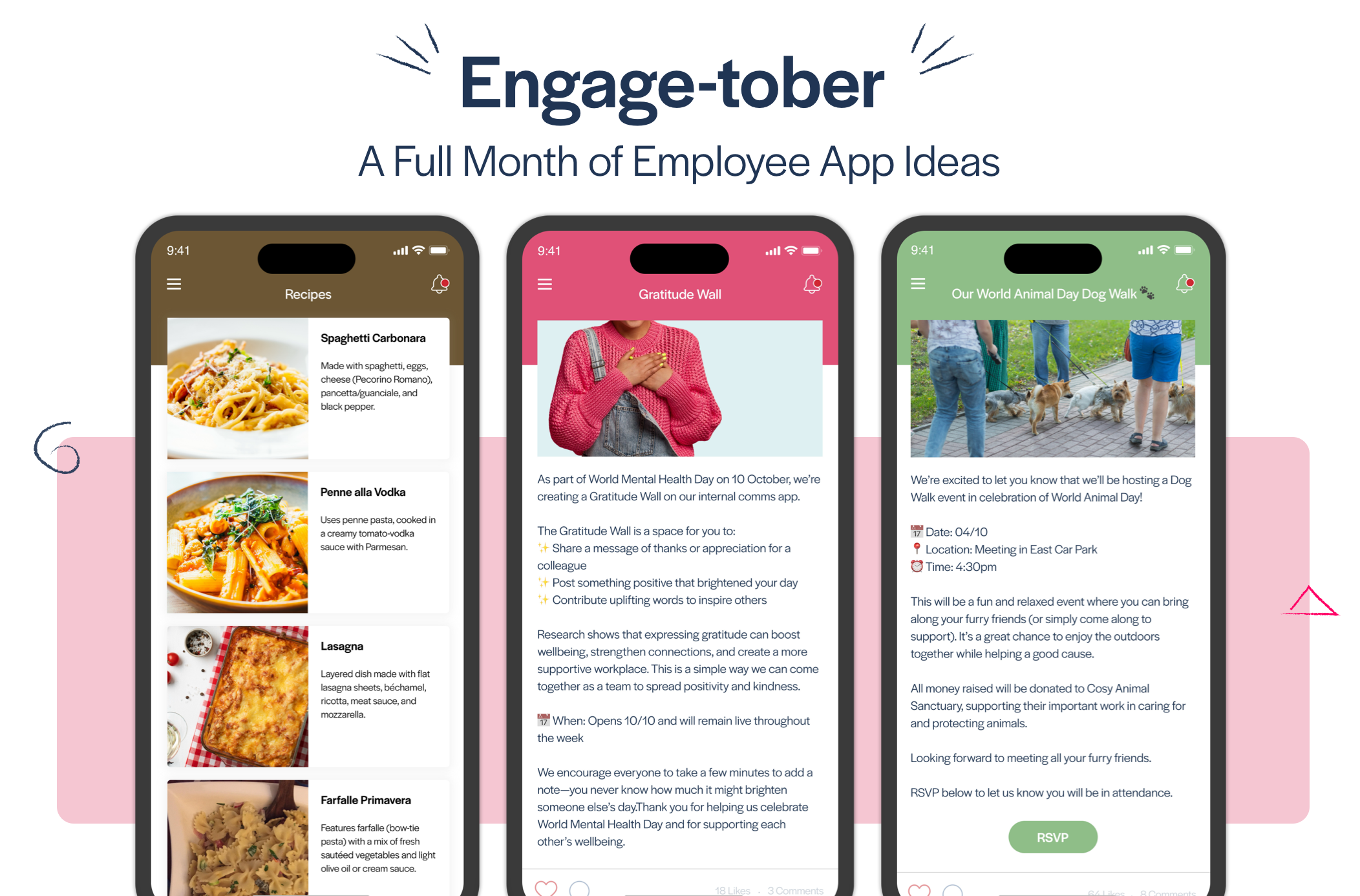
Blog
The New Rules for Increasing Employee Engagement in Retail
The retail experience continues to evolve - not just for consumers, but necessarily for employees of retail stores as well.

When it comes to the retail industry, engaged employees have a direct impact on customer experience. Here, we look at three trends in the retail space that are shaping the experience of retail employees and, by extension, consumer satisfaction and experience with your store and brand.
The trend:
2019 saw record departures of retail CEOs. One big reason: They’re being held accountable for poor company culture. Much of the turmoil in the retail industry has less to do with consumers’ changing shopping habits and expectations, and more to do with mismanagement, communication and technology gaps, and “office” politics that affect culture downstream.
What to do:
If you haven’t done so recently, check the temperature of the culture within your retail organisation. Retail workers are some of the most disengaged of any industry, as shown by the high turnover rate: In the U.S., turnover averages over 60 percent in the retail industry, compared to 15 percent across other industries, according to the National Retail Federation.
There’s also a tendency toward low morale, driven by long hours, commission-based pay and even too many frustrating customer-service moments. Compounding the issue are culture struggles starting at the top ranks.
One proven way to improve culture and lift morale is to recognise employees and allow employees to recognise each other’s efforts and accomplishments. This can be tricky to do when you’re dealing with workers who may or may not work the same shifts or with the same managers each time. Employee communications apps facilitate sending kudos or congrats messages to workers, even when they aren’t on a shift. Shop managers can congratulate team members, and team members can use peer-to-peer recognition functionalities.
Retail employees can also get engaged by creating their own content within an employee communications platform or by reacting within the tool to content posted by management (in the form of likes or comments or other social features). These opportunities help team members feel they have a voice.
The trend:
Technology has become an inseparable and even intrinsic part of the brick-and-mortar experience. Shoppers still want to browse and buy in a physical store, but they also don’t want to leave technology at the door. They appreciate the novelty and convenience that technologies such as AI and automation add to their retail journey. Stores (including online retailers who have of late been opening physical stores) recognise this and have worked to create shopping atmospheres that are less transaction-oriented and more experiential.
What to do:
Technology has the ability to alter retail employee experience for the better. When it comes to an affinity for technology, your employees are no different than your customers.
That means it’s time to stop thinking about employee communication as transactional and focus on the experience of employee communication. Communication that can only be found posted in the break room, that is transmitted in passing, or at the start or close of a shift is passé.
Technology is positioned to revamp employee experience in ways it hasn’t in the past. It used to be that email or intranet was the preferred technology tool to communicate with employees, but for retail employees who don’t have desks or computers and are dispersed throughout a store, both of these options are too clunky. Using mobile apps designed for employee communication is a more nimble alternative that gets everyone on the same page, wherever they are.
The trend:
The retail workforce is becoming more and more age-diverse. What used to be almost exclusively the territory of teenagers and university students is now seeing an infusion of older workers. In the U.S. and the UK, workers are continuing to work past retirement age, and many previously retired workers are re-entering the workforce, often working in retail.
What to do:
Bringing together an age-diverse workforce can be a challenge, but because over 50s are increasingly adopting many of the technology habits so prevalent in the younger generations, using technology to do so is hardly a stretch.
The older generation is more and more likely to have a smartphone (68% of Baby Boomers in the U.S, and 55% of those over 55 in the UK), which makes employee communications apps a great way to engage these workers and drive inclusivity. And it turns out this age group is much more tech-savvy and willing to turn to smartphone apps for solutions than previously thought.
Your employees across generations will appreciate having a mobile hub right on their personal device, where they can quickly access company resources and news, policies, contact and shift information for other team members, and more.
Next steps…
Are you interested in elevating your employee communications with features that include content personalised by role and store location, unifying updates, content creation and management solutions, and more? Book a free 30 minute demo today.









